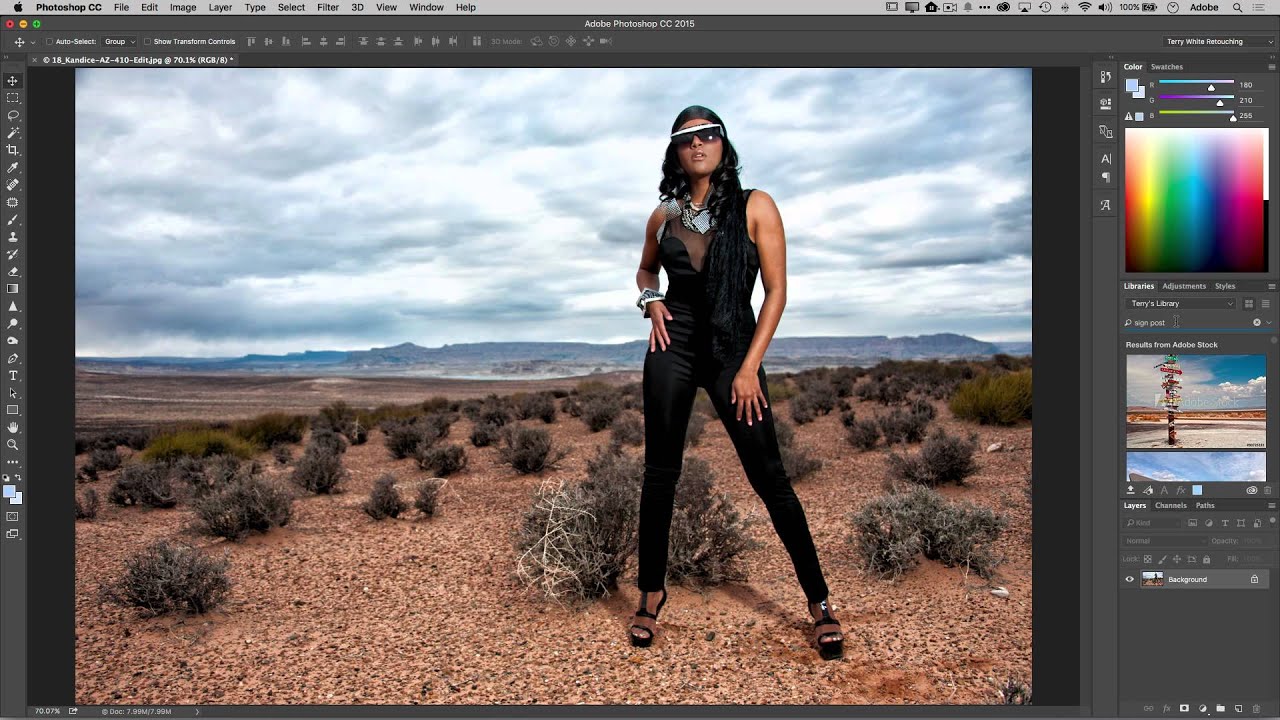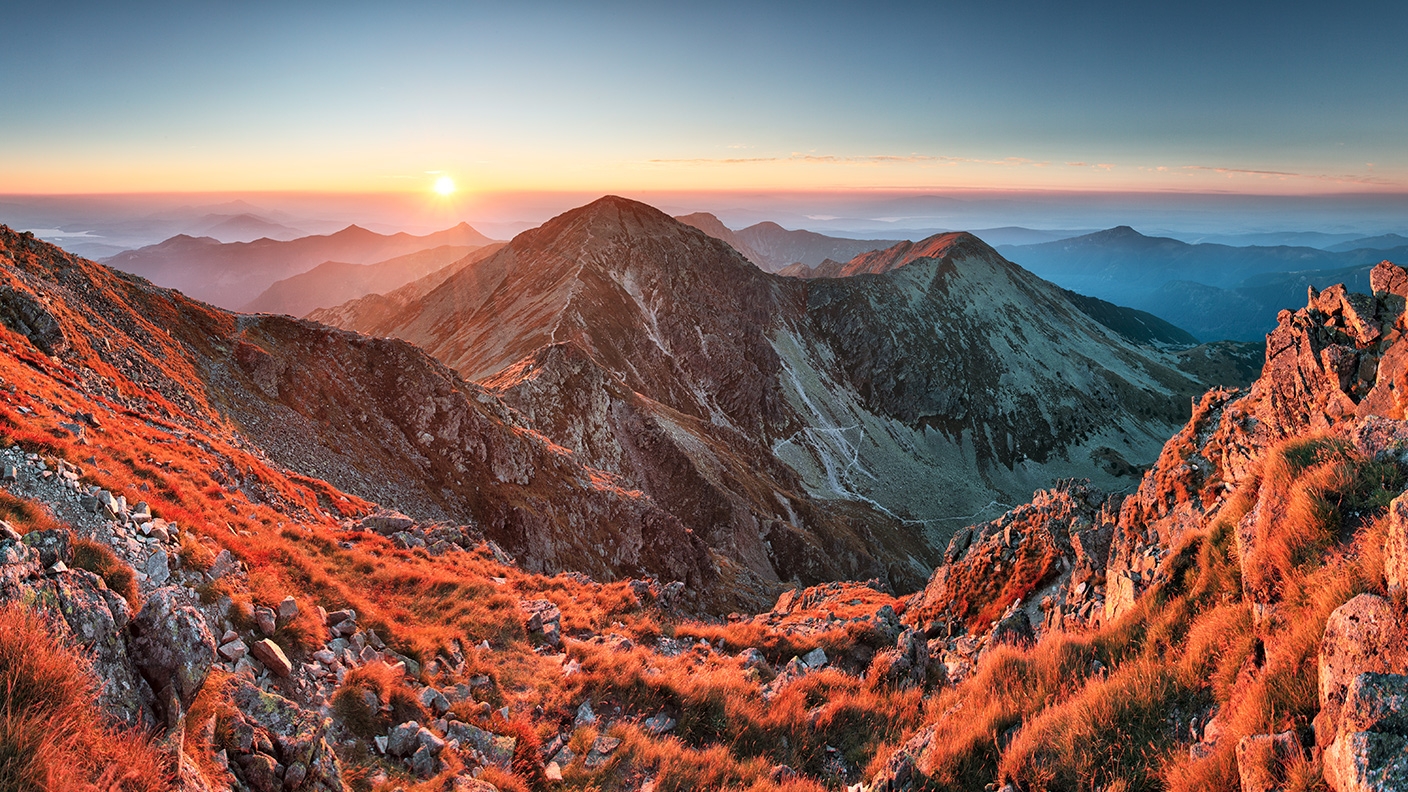When it comes to finding high-quality visuals for your projects, Adobe Stock is like a treasure chest filled with possibilities. Whether you're a graphic designer, marketer, or even a blogger, the platform offers a vast library of stock images, videos, and templates that can elevate your content to the next level.
Adobe Stock isn't just about quantity; it's about quality too. With millions of assets available, you'll find stunning images that can match your brand's style and message. Plus, since it's integrated with Adobe Creative Cloud, you can easily drag and drop images into your favorite design software, making your creative process smoother than ever. But that’s not all— there are also robust search features, which means you can quickly find exactly what you’re looking for.
Think of Adobe Stock as your go-to partner for bringing your creative visions to life. With flexible licensing options available, you can use these assets in personal and commercial projects alike. So, whether you need eye-catching images for a social media campaign, a stunning visual for a presentation, or just the right graphic for your blog, Adobe Stock has you covered. Let’s dive in and explore how to get started with this fantastic resource!
Creating an Adobe Stock Account

The first step to unlocking the world of Adobe Stock is to create an account. It’s a straightforward process, so let’s break it down step by step!
- Visit the Adobe Stock website. Start by navigating to the Adobe Stock homepage. You’ll see a user-friendly interface welcoming you to explore.
- Sign up or log in. If you don’t already have an Adobe ID, you’ll need to create one. Click on the “Sign In” button on the upper right and select “Create an account.” Follow the prompts to enter your details. If you already have an Adobe ID, simply log in.
- Select a plan. Adobe Stock offers various subscription plans based on your needs. You can choose between monthly subscriptions, yearly plans, or even on-demand options. Take a moment to evaluate which plan aligns best with your project requirements.
- Verify your account. Once you’ve completed the sign-up process, check your email for a verification link. Click that to ensure your account is activated.
And voila! You now have an Adobe Stock account that gives you access to millions of high-quality stock images and videos. Remember that exploring and using these assets effectively can significantly enhance your creative projects. Happy searching!
Also Read This: How to Check Adobe Stock Metadata
Searching for Images

Finding the perfect image on Adobe Stock can sometimes feel overwhelming, especially with thousands of options at your fingertips. But don’t worry! There are some fantastic tools and tips to streamline your search process.
First up, utilize the *search bar effectively. Type in specific keywords that reflect what you have in mind. For instance, if you're looking for a serene beach scene, try keywords like "sunset beach," "tropical vacation," or "sandy shores." The more specific you are, the better your results will be!
Don't forget about the filters to narrow down your choices. Adobe Stock lets you customize your search by:
- Orientation: Choose between portrait, landscape, or square.
- Color: If you're aiming for a specific palette, filter images by color.
- Type: Select from photos, illustrations, vectors, or videos.
- People: If your project requires models, filter by images with or without people.
You can also explore the "Similar Images" feature, which allows you to find images with a similar style or subject to the ones you already like. Additionally, check out the "Collections" section to discover curated groups of images based on themes. It might lead you to golden nuggets you didn’t initially consider!
Lastly, always keep an eye on the license information (which we’ll discuss next) to ensure your chosen images fit your project’s needs. Happy searching!
Also Read This: How to Sell Photos on Getty Images
Choosing the Right License
Once you've found that perfect image on Adobe Stock, the next crucial step is to choose the right license. This decision is key because it determines how you can legally use the image. So let’s break it down!
Adobe Stock primarily offers two types of licenses:
- Standard License: This is great for most personal and commercial uses. You can use the image in social media posts, websites, advertisements, and more. However, it has limitations on print runs (typically up to 500,000 copies) and doesn’t allow for merchandise sales featuring the image.
- Extended License: If you need to print more than 500,000 copies, or if you plan to use the image on products for resale (like t-shirts or mugs), then you should opt for the extended license. This gives you wider usage rights and more flexibility.
When deciding between the two, think about the scope of your project. Will your work reach a large audience? Are you planning on using the image in a way that could generate revenue? If so, it's safer to go with the extended license to avoid any potential legal issues down the line.
Lastly, always double-check the license terms* for any additional restrictions. Understanding what you can and cannot do with the image will save you from future headaches. Remember, it’s better to be safe than sorry!
Also Read This: Guide to Adding a Beat Effect to Images in Shotcut
Downloading and Using Images
So, you’ve found the perfect Adobe Stock image that resonates with your project? Awesome! Now, let’s talk about how to download and use those images effectively.
First things first, you’ll need an Adobe Stock account. If you don’t have one yet, signing up is a breeze. Just follow these steps:
- Visit the Adobe Stock website.
- Click on "Sign In" or "Start Free Trial" to create your account.
- Once set up, browse or search for your desired images.
Now, for the fun part! When you spot an image you love, click on it, and you should see a few options pop up. Here’s what to look out for:
- License the image: Decide whether you want to purchase a standard or extended license.
- Download options: Choose the desired resolution (high-res for print, lower-res for web).
- Image format: Most images are available in JPG, but check for PSD or AI files if you need layered graphics.
Once you've completed your purchase, click the download button. Voilà! The image is now saved to your computer. Just remember to respect the licensing terms; proper attribution is crucial unless you have an extended license.
Also Read This: How to Edit Your Behance Portfolio for Optimal Project Presentation
Editing Stock Images for Your Needs
Okay, you’ve got your stock image downloaded—what’s next? Editing! Customizing stock images to fit your brand or project can take your design to the next level. Here’s how you can do it effectively:
First, choose the right editing software. You might already be familiar with:
- Adobe Photoshop: Excellent for extensive photo manipulation.
- Adobe Illustrator: Best for vector-based designs.
- Canva: Great for quick edits and user-friendly interface.
Here are some popular editing techniques you can try:
| Technique | Description |
|---|---|
| Crop | Remove unnecessary parts of an image to focus on key elements. |
| Adjust Color | Tweak brightness, contrast, and saturation to match your brand’s palette. |
| Overlay Text | Add impactful messages or titles that align with your content. |
| Combine Images | Create unique compositions by layering multiple stock images. |
Lastly, don't forget to save your edits! Aim for a format that retains quality while not being too large for online use. JPEGs are great for web display, while TIFF files are perfect for print. Embrace your creativity and let your personalized touch shine through in your projects!
Also Read This: How to Reference Adobe Stock Images
Best Practices for Using Stock Images
Using stock images effectively can elevate your content, making it more engaging and visually appealing. However, there are some best practices to keep in mind that can help you achieve the best results. Here’s a handy list:
- Select High-Quality Images: Always choose high-resolution images. Blurry or pixelated photos can make your content appear unprofessional and drive users away.
- Match the Image with Your Brand: Ensure the stock images you use resonate with your brand’s voice and message. Colors, themes, and styles should be consistent.
- Optimize for SEO: Use descriptive filenames and relevant alt text for your images. This helps with SEO and makes your site more accessible.
- Consider Image Context: The context of an image is vital. It should complement the text and reinforce your message, not distract from it.
- Avoid Overused Stock Images: Stock images that are overly clichéd or widely used can detract from your originality. Seek out unique options that portray authenticity.
- Respect Licensing Terms: Always check the licensing terms of your chosen image. Some images may only be used for specific purposes, and violating these can lead to legal trouble.
- Incorporate Graphics: Sometimes, images aren’t enough. Consider using graphics or infographics that can further highlight your points and add value.
Conclusion
Incorporating stock images into your content can be an excellent way to enhance its visual appeal and engagement factor. By following the best practices outlined above, you can ensure that your use of stock images is not only effective but also aligned with your brand and goals.
Remember, high-quality images should support and amplify your message rather than overshadow it. With a bit of creativity and thoughtful selection, stock images can transform a simple blog post or website into a captivating visual experience.
So go ahead, dive into Adobe Stock, and unleash your creativity. Stock images aren’t just fillers; they’re tools that, when used wisely, can communicate your message loud and clear. Happy hunting!
 admin
admin








